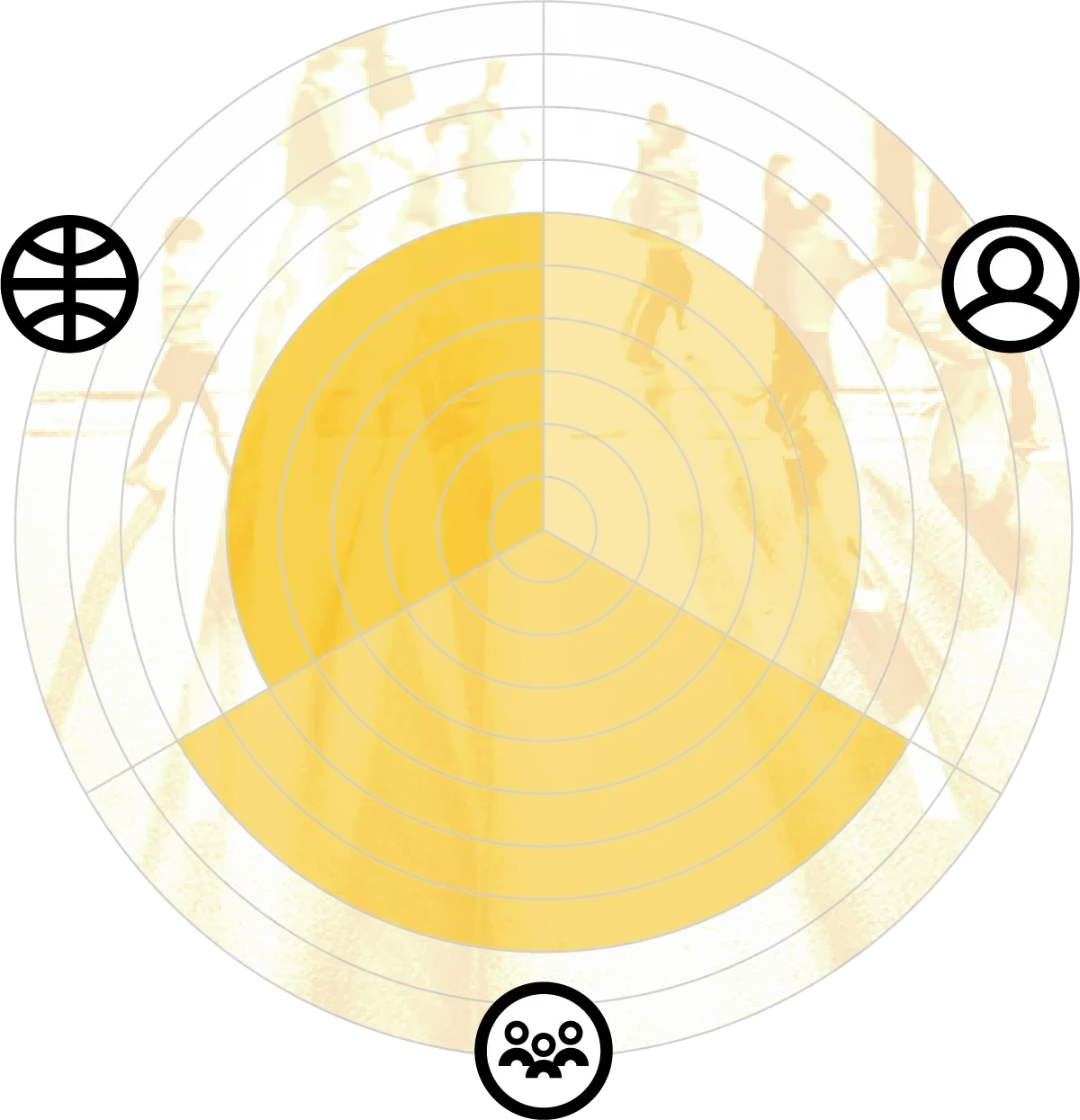Equipped with the tools of modern research, it is becoming possible to identify, monitor and predict how individuals cohere into groups, and how those groups behave and interact with each other — to assess collective emotion as well as collective action.
Associated Sub-Fields:

Efforts to understand conflict and cooperation have long been dominated by notions of history and geography. Attempts to avert or encourage conflict have been couched in terms of the diplomatic crafts of discussion and negotiation, staged under the aegis of (supposedly) neutral and multilateral organisations. Such efforts have had notable successes in the post-war era, but also notable failures. Great-power conflict has been avoided, but there have been numerous instances in which the established order has collapsed unexpectedly and abruptly.
The traditional tools of politics and diplomacy have proven increasingly impotent in the face of such challenges, particularly as the environment has become ever more complicated by technology, migration, climate change, polarisation and partisanship, rises in both secularism and religiosity, and geopolitical realignments. However, new tools have also emerged from the fast-developing science of group behaviour, which aims to understand the deep-seated reasons behind the formation and activity of distinct groups.
The availability of granular data is particularly significant in this respect. For example, mobile-phone data allows researchers to monitor individuals’ movements, interactions and information diets; this data can then be cross-referenced with their social and political activity, and aggregated into groups of any relevant scale or scope: nations, societies or communities, demographic segments and ethnic groupings, and so on.
The point of this activity is to understand how groups interact and particularly how they might come into conflict. Today’s efforts are more often geared towards resolution — trying to stop conflict once it has already begun — rather than prevention. New methods of monitoring both top-down forces (such as messaging from elites or economic trends) and bottom-up trends (prevailing social attitudes) are changing this, potentially allowing conflict to be anticipated. This should in turn allow interventions to be made in a more optimised fashion, suitable to the particular context and circumstances of an emerging conflict, rather than applied generically. This is a young field, however, and there is still much systemisation, experimentation and validation to be done.
KEY TAKEAWAYS
Modern research tools, especially computational resources, are making it possible to analyse the various aspects of group behaviour. This holds promise for enhancing cooperation and limiting conflict, as well as understanding the basic dynamics of how groups form and behave. Particularly useful are Data-driven models of collective behaviour, which can achieve unprecedented insights into the hidden drivers of observed behaviours. One of the most sought-after applications is in Predicting the onset of armed conflict. This will, in tandem with the Optimisation of interventions, give governments and global organisations the tools to mitigate the harm that intergroup conflicts bring to individuals and societies. Optimising all these actions depends on their Interaction with wider global trends such as climate change and access to burgeoning digital communication technologies, which affect the way group behaviours manifest and evolve.
Anticipatory Impact:
Three fundamental questions guide GESDA’s mission and drive its work: Who are we, as humans? How can we all live together? How can we ensure the well-being of humankind and the sustainable future of our planet? We asked researchers from the field to anticipate what impact future breakthroughs could have on each of these dimensions. This wheel summarises their opinions when considering each of these questions, with a higher score indicating high anticipated impact, and vice versa.
- Anticipated impact on who we are as humans
- Anticipated impact on how we will all live together
- Anticipated impact on the well-being of humankind and sustainable future of our planet








